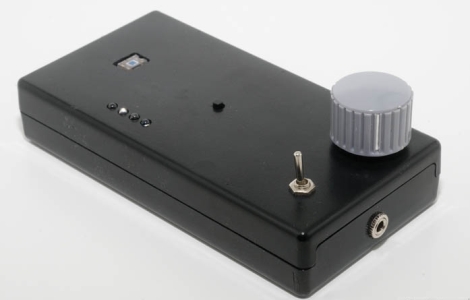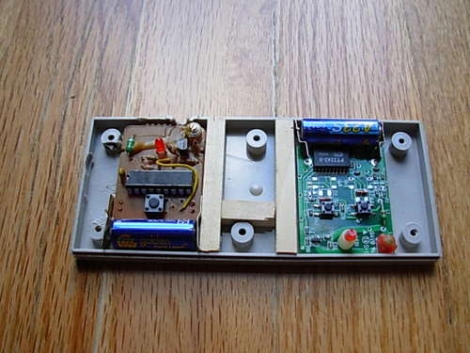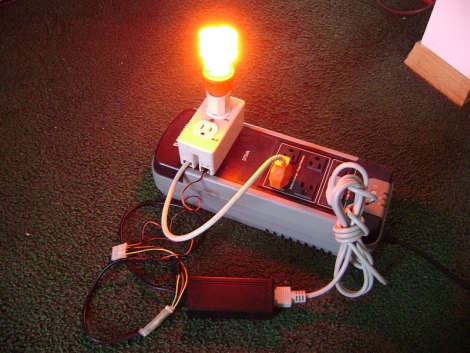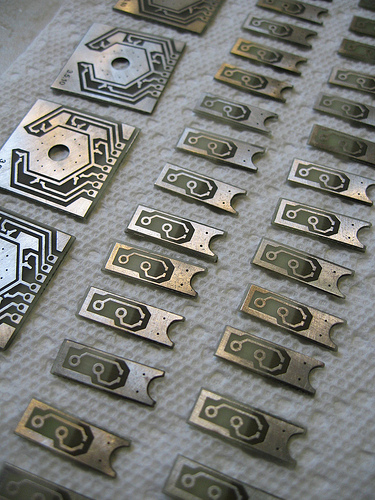
[Vicktor] has always been fascinated by photographs of lightning and decided to try his hand at capturing a few strikes on his camera. Every time he attempted it however, he didn’t have much success. Instead of trying to operate his camera manually to take the images, he decided to build a lightning trigger that would do it for him.
His circuit uses a large photodiode to sense when lightning strikes, triggering the camera via a hacked shutter release cable. A PIC micro controller is used to adjust the sensitivity of the device, as well as to send the actual trigger signal to the camera. His circuit is connected to the camera via a pair of opto couplers to ensure that his circuit cannot cause any harm to the camera.
When the box is powered on, it enters a calibration mode where the user can adjust the circuit to compensate for whatever amount of ambient light is present. Once armed, the box waits for a sudden change in ambient lighting, sending the exposure release signal to the camera.
A schematic is available on his site, and he will send you the code he use on request. There is currently no video of the trigger in action, but hopefully we’ll see one soon.
If you’re interested in seeing some other remote camera triggers, check out this one made from air freshener parts, and this one which uses lasers.















